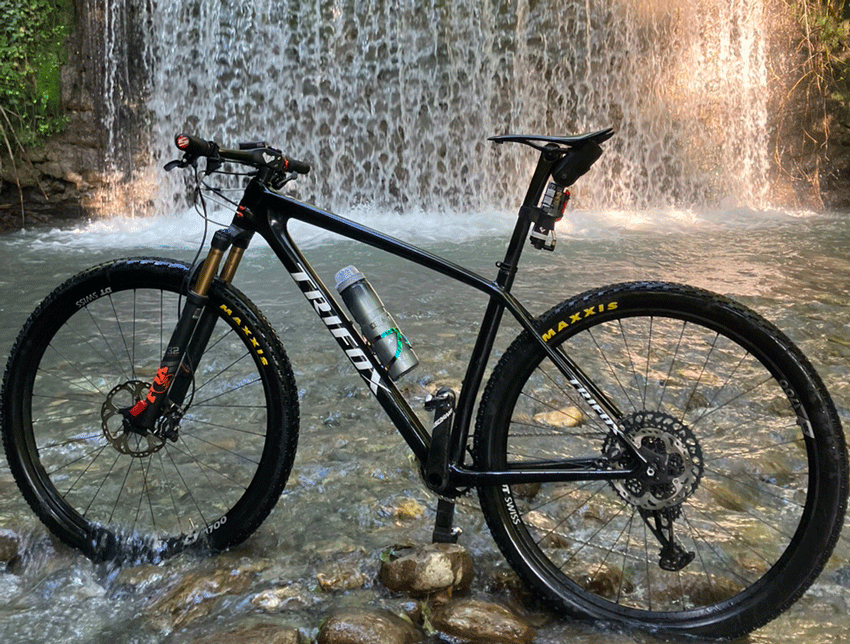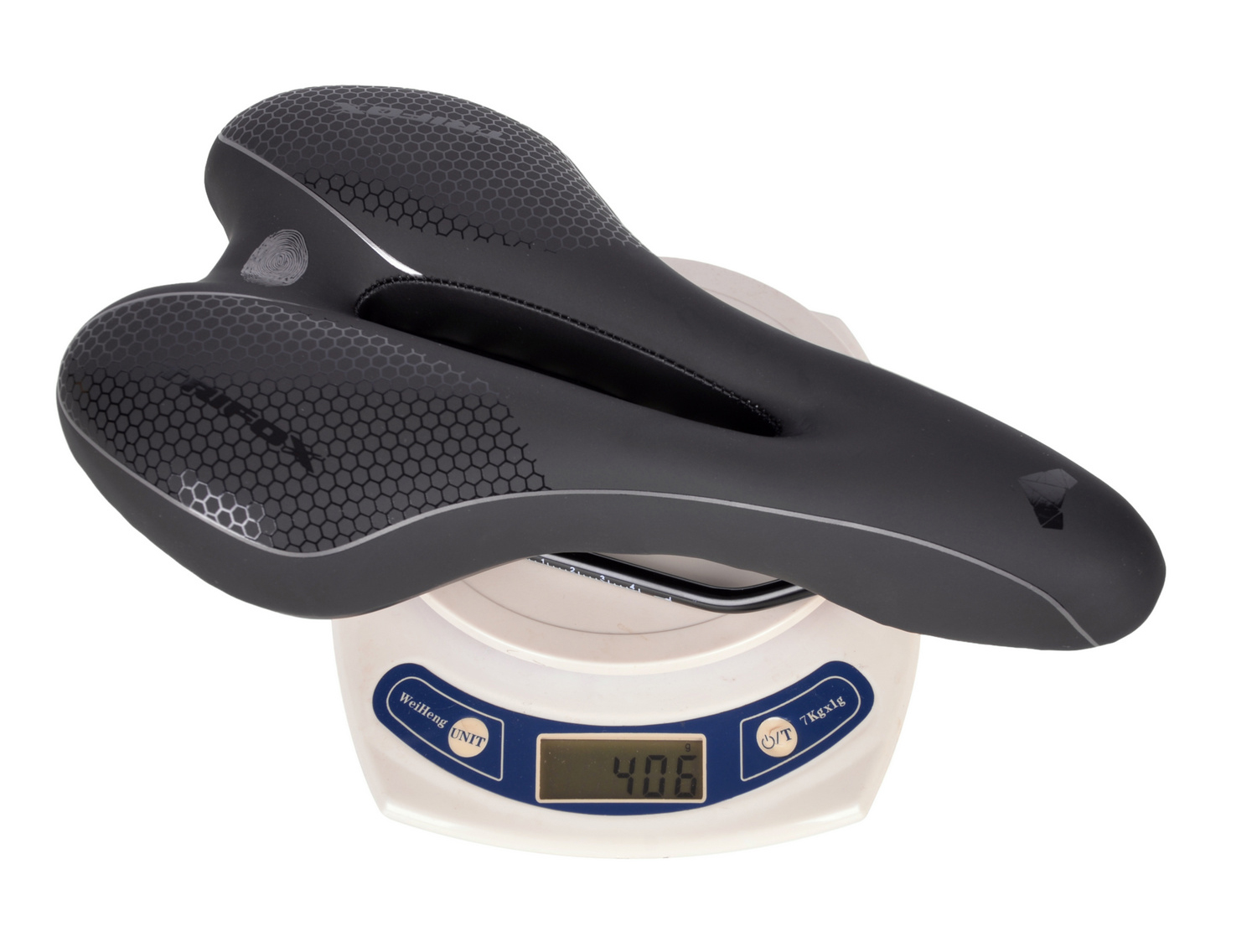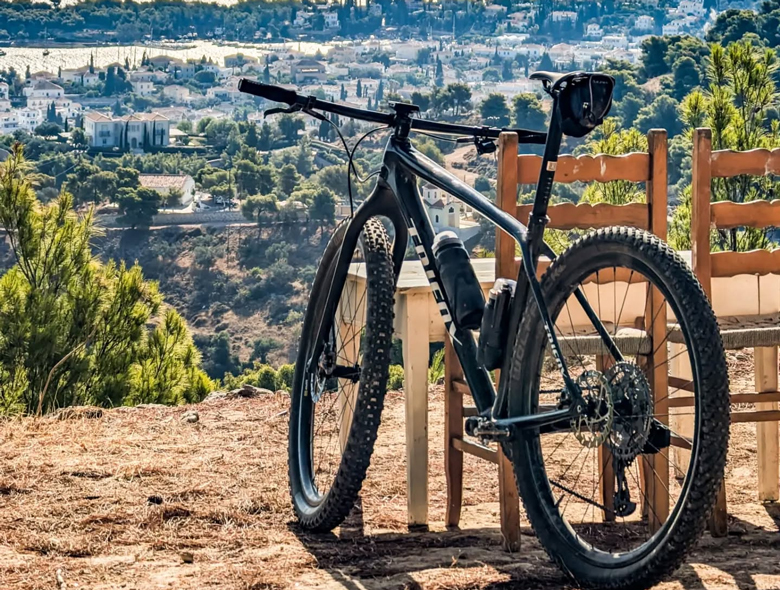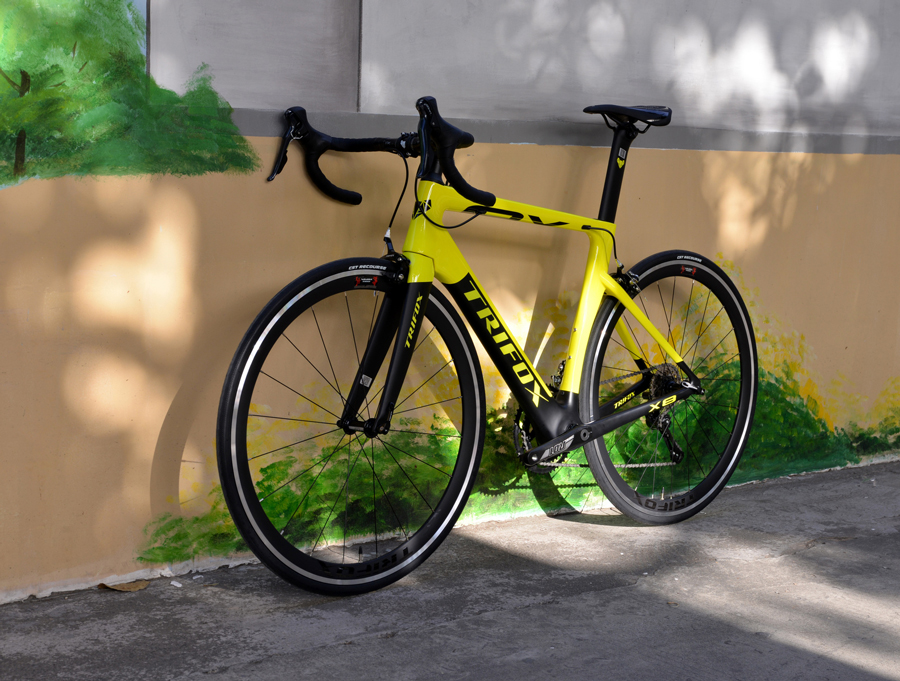If you are a mountain biker, then you know that your handlebars are your main connection to your bike. That is why choosing the perfect handlebars is crucial for your performance, comfort, and safety. Handlebars come in various materials, shapes, and sizes, and each one has its own advantages and disadvantages. However, selecting the right handlebars can be overwhelming due to the vast options available.
1. Width
The width of your handlebars determines the control and stability you have while riding. The ideal handlebar width depends on your body structure, riding style, and the terrain you ride on. Generally, wider handlebars provide more control and stability, while narrow handlebars are ideal for technical riding. To determine the ideal width, stand up and measure the distance between your shoulder blades, then add 2-4 inches. This measurement will give you the perfect handlebar width for your body structure.
2. Material
Mountain bike handlebars are made of different materials, such as carbon fiber, aluminum, and titanium. Carbon fiber handlebars are the lightest and most expensive, but they offer the most shock absorption and comfort. Aluminum handlebars are the most popular choice among mountain bikers due to their affordability, durability, and stiffness. Titanium handlebars are light and strong, but they are the most expensive option. Choose the material that suits your budget and riding style.
3. Shape
Mountain bike handlebars come in various shapes, including flat, riser, and drop bars. Flat handlebars are ideal for cross-country riding and provide a more upright riding position. Riser handlebars are suitable for downhill riding and provide a more aggressive riding position. Drop bars are common in road cycling, but they are not recommended for mountain biking. Choose the shape that suits your riding style, terrain, and comfort.
4. Sweep
The sweep refers to the angle at which the handlebars bend back towards the rider. The sweep affects the hand position, wrist alignment, and comfort. Generally, handlebars with more sweep provide a more natural wrist position and are more comfortable for longer rides. However, too much sweep can affect steering precision and control. Choose the sweep angle that feels comfortable for your hand position and riding style.
5. Rise
The rise refers to the amount of distance the handlebars rise above the stem. The rise affects the riding position and comfort. Handlebars with more rise provide a more upright position and are suitable for cross-country riding. Handlebars with less rise provide a more aggressive position and are suitable for technical riding. Choose the rise that suits your riding style, comfort, and terrain.

Conclusion:
Mountain bike handlebars might seem like a small component of your bike, but they play a significant role in your performance, comfort, and safety. When choosing the perfect handlebars, consider your body structure, riding style, terrain, and budget. Test different handlebars before making a final decision, and don't hesitate to seek expert advice. With the right handlebars, you'll have more control, more comfort, and more fun on the trails.




















































































